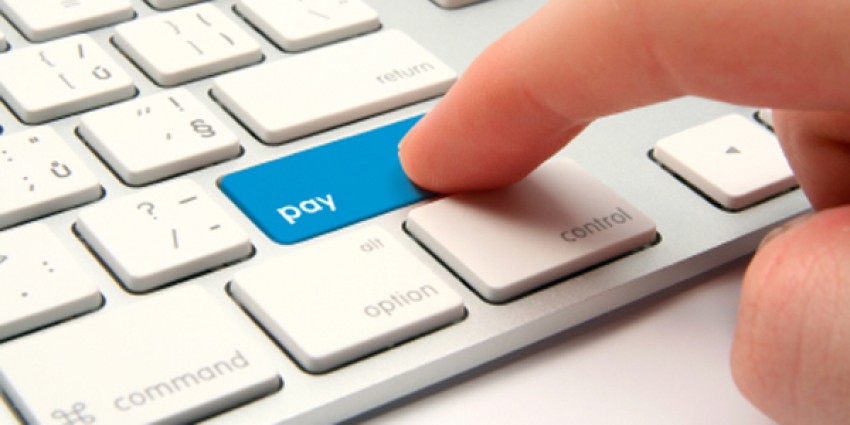Following our series on trends in accounts payable, Payables Place is going to take a look at predictions for the future of the AP function. Today’s installment, the first of four, will take a look at why electronic payment methods will become the default for enterprises of all sizes in the near future.
Business-to-business (B2B) commerce has changed drastically in the past 15 years, particularly on the payments side of the equation. From a time when most every supplier payment was made via paper check, with all the associated costs and inefficiencies, to a time when the industry has moved to making a majority of supplier payments via electronic methods. In fact, recent Ardent Partners research indicated that 55% of all payments are made electronically—including wire transfer, commercial card, business networks, and ACH. Because of this change, as well as other factors explained below, the Ardent Partners team predicts that ePayments will soon become the default payment method, thus completely supplanting archaic, paper-based methods.
The Benefits of ePayments
The advantages that ePayments provide to the enterprise at large are significant. Consider, for example, that the cost to process any form of ePayment—whether ACH, wire transfer, or commercial card—can on average be up to 75% less than the cost of a paper check. These may be infinitesimal savings on a per-payment basis, but adding up the cost savings on thousands or tens of thousands of payments per year (for the average organization) can result in significant amounts of money available for other mission-critical tasks.
The Best-in-Class companies (based on key performance indicators) from Ardent’s recent ePayments study enjoy a $2.84 per-payment cost, while it costs All Others an average of $18.32 to process a single payment. Using these numbers, the Best-in-Class enjoy a per-payment cost that is 84.5% lower than all other respondents in the ePayments study. So it is no surprise that cost savings are easily the top benefit enjoyed by enterprises that heavily leverage ePayment capabilities, but they are not the only advantage.
Rather, enterprises leveraging ePayments also enjoy more efficient and streamlined processing—most likely because there is no longer a need to wait for checks to be printed—as well as increased accuracy and control of payment delivery. When a paper check is printed, it must be mailed and, once that check is mailed, there is no guarantee that the supplier will receive and/or process the check payment in a timely manner. Electronic payment methods eliminate those worries because the payment is sent and processed within hours as opposed to days or weeks.
Why Will ePayments Supplant Paper Checks?
Based on years of ePayables research, ePayments will become the default method for paying suppliers. That this has not yet happened is more a function of the difficulty that buying organizations have experienced in convincing suppliers to accept electronic payment methods over the well-known paper check.
However, Ardent’s recent ePayment research study showed that many more suppliers are willing to entertain the idea of electronic payments—more, in fact, than at any other time in the past few years. Suppliers have begun to recognize the positives in accepting ePayments, including faster payment receipt, improved process visibility, and even the ability to more closely collaborate with their buyers. It is because of this improved supplier attitude toward ePayments, as well as technology changes that have made it more efficient (and secure) to accept payment electronically, paper checks will be replaced as the default method of payment in the near future.
Final Thoughts
Electronic payments offer significant advantages to the buying organization, including cost and process savings, as well as increased visibility into working capital and improved control over payment scheduling. These benefits to buyers, and the increased willingness of suppliers to accept ePayments, have combined to create an environment where ePayments will soon become the default method—supplanting paper checks for the first time ever. It is sure to be an interesting journey, and one that Ardent will pay close attention to.
Check out these related articles for more:
Why Haven’t ePayments Completely Replaced Paper Checks?
Business Networks and ePayments: Transforming the B2B Commerce Landscape
Which Technologies Help Achieve ePayments Success?



